October 30, 2017
The Mobile History Museum is housed in the City Hall and market, built in 1856.
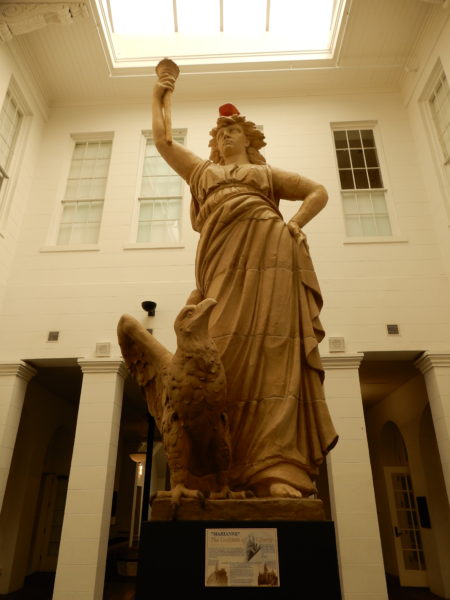 Marianne, the goddess of liberty, was placed atop the courthouse directly across the street from city hall in 1889. She holds a torch of enlightenment and wears symbolic clothing: a Phrygian cap of freedom, and a Roman toga and sandals representing equality among all citizens. At her feet is an eagle symbolizing freedom and independence. The statue is terra cotta and stands over 18 feet tall.
Marianne, the goddess of liberty, was placed atop the courthouse directly across the street from city hall in 1889. She holds a torch of enlightenment and wears symbolic clothing: a Phrygian cap of freedom, and a Roman toga and sandals representing equality among all citizens. At her feet is an eagle symbolizing freedom and independence. The statue is terra cotta and stands over 18 feet tall.
The lobby of the building is decorated with murals painted by John Augustus Walker as part of a public art project.
The museum has a fine collection of carriages collected and restored during the 50’s and 60’s by Dr. and Mrs. Charles Rutherford.
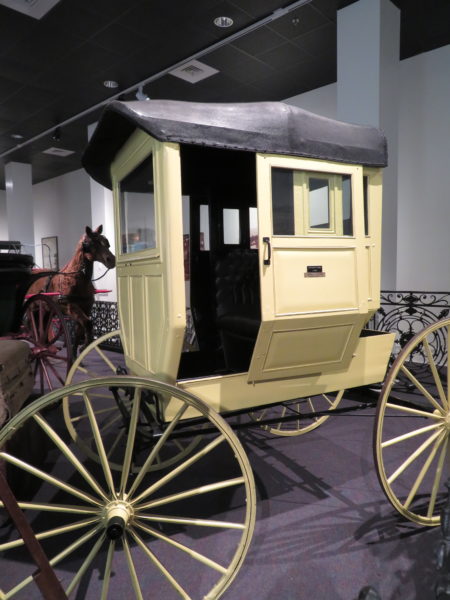 Mail delivery carriage
Mail delivery carriage
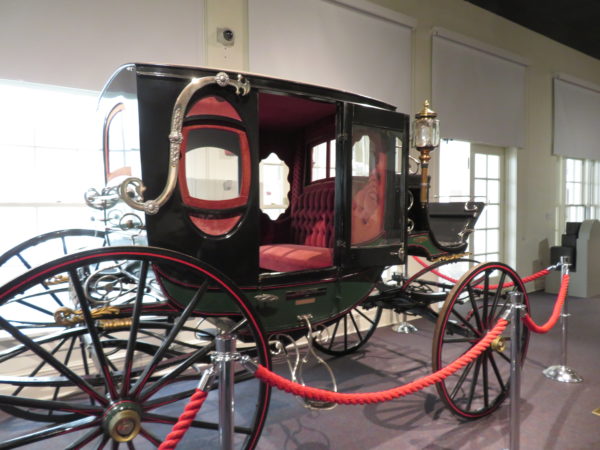 A brougham made about 1860
A brougham made about 1860
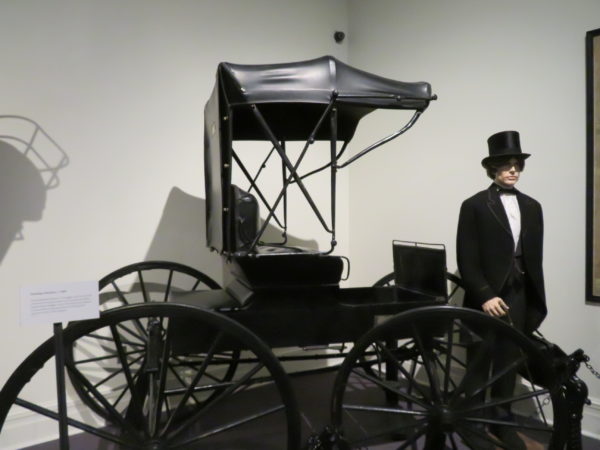 Stanhope Phaeton made about 1880
Stanhope Phaeton made about 1880
Aaron B. Friedman from Mobile built miniature houses for his granddaughters. Their photos grace the walls.
An interesting exhibit featured Raphael Semmes. He was a U.S. naval officer from 1826-1860 and became an officer for the Confederacy when the Civil War began. He captained the CSS Alabama, the most successful commerce raider in maritime history, inflicting over $6,000,000 in damage and burning 69 Union vessels.
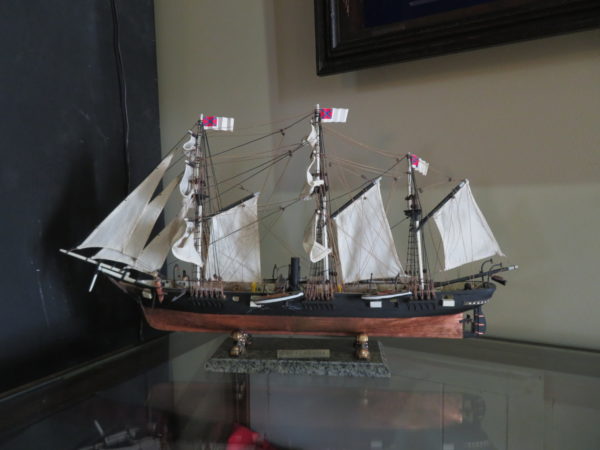 Model of the CSS Alabama
Model of the CSS Alabama
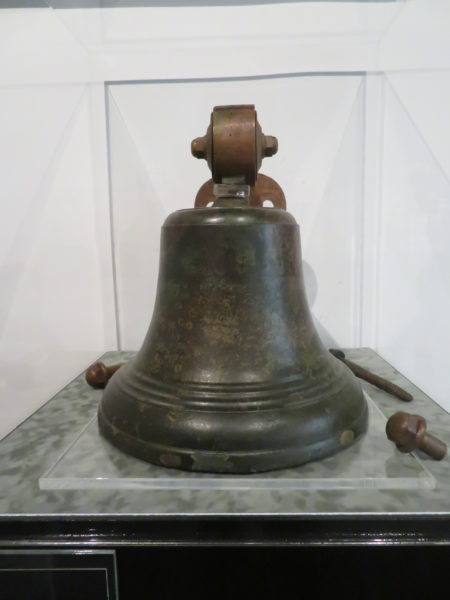 Ship’s bell and bolts
Ship’s bell and bolts
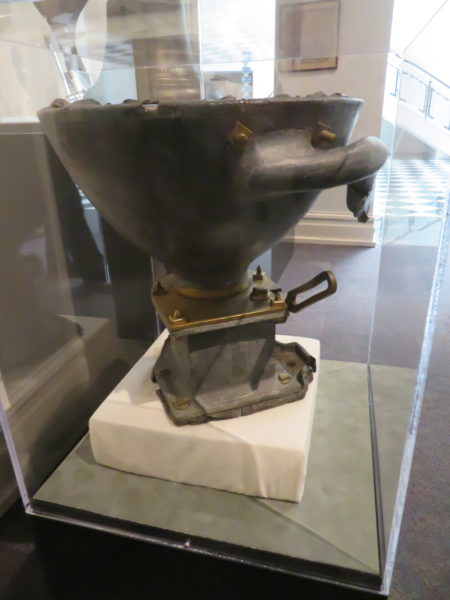 Officer’s toilet
Officer’s toilet
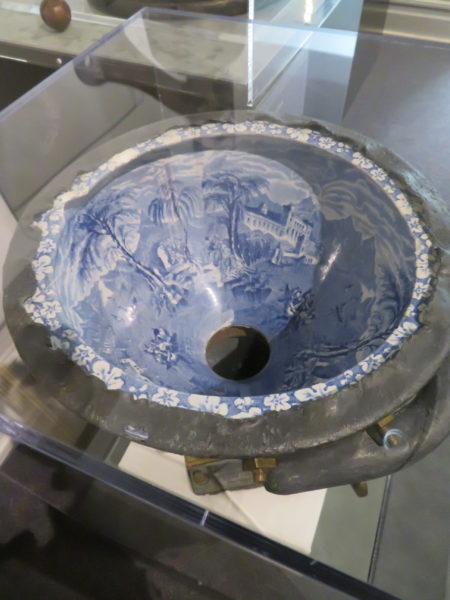 Porcelain bowl of the officer’s toilet, featuring an English boating scene. Until the discovery of this artifact, it was rumored that Lincoln’s face decorated the bowl.
Porcelain bowl of the officer’s toilet, featuring an English boating scene. Until the discovery of this artifact, it was rumored that Lincoln’s face decorated the bowl.
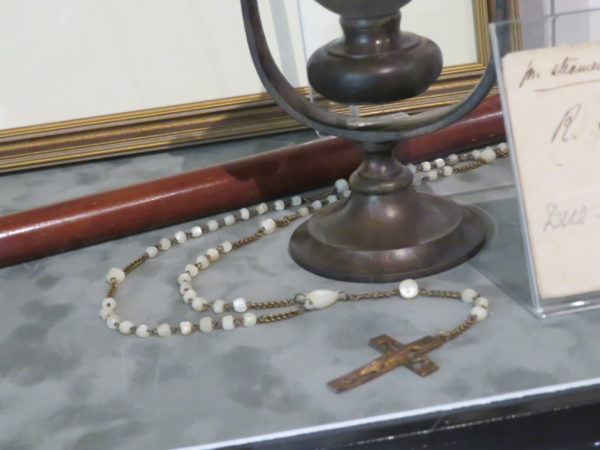 The CSS Alabama was sunk by a Union sloop off the coast of France in 1864. Semmes was wearing the rosary above when he was rescued.
The CSS Alabama was sunk by a Union sloop off the coast of France in 1864. Semmes was wearing the rosary above when he was rescued.
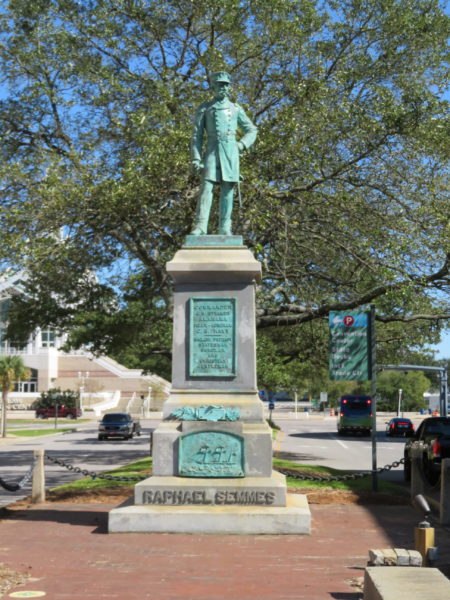 We left the museum for lunch break and found the memorial pictured above.
We left the museum for lunch break and found the memorial pictured above.
And, while not part of the museum, we found the Old Catholic Cemetery and Semmes’s grave.
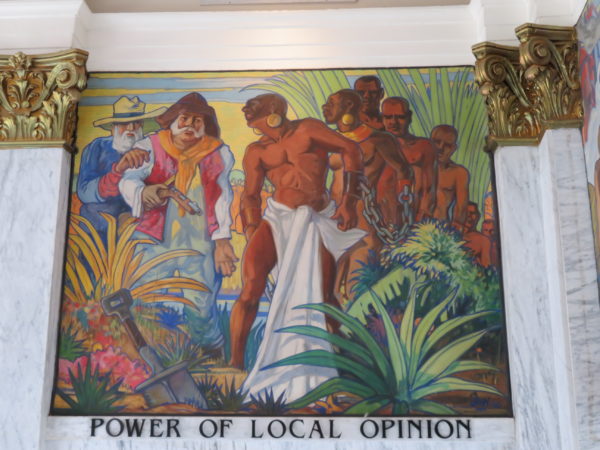
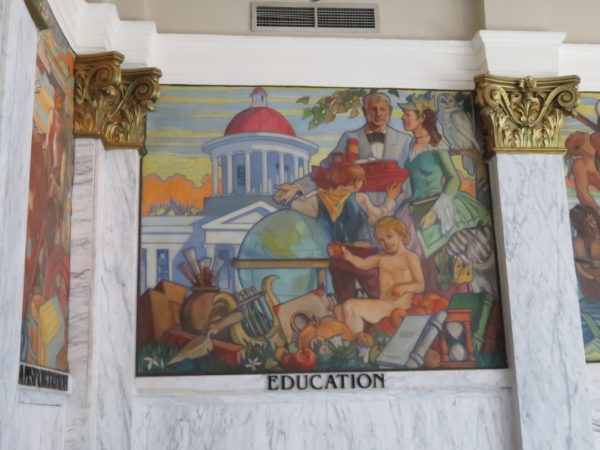
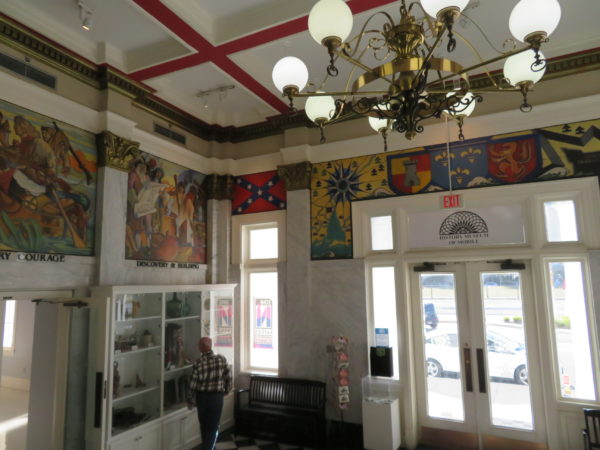
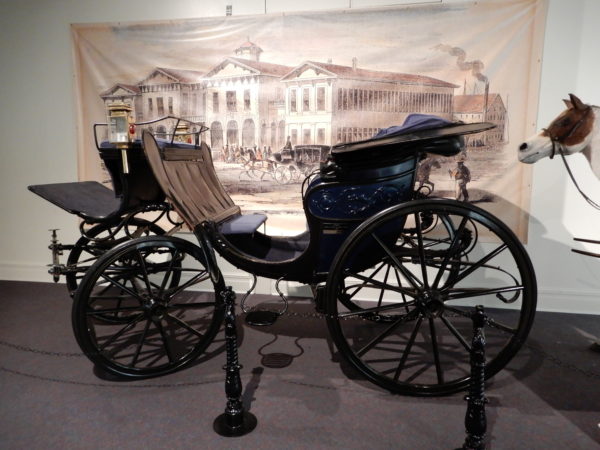
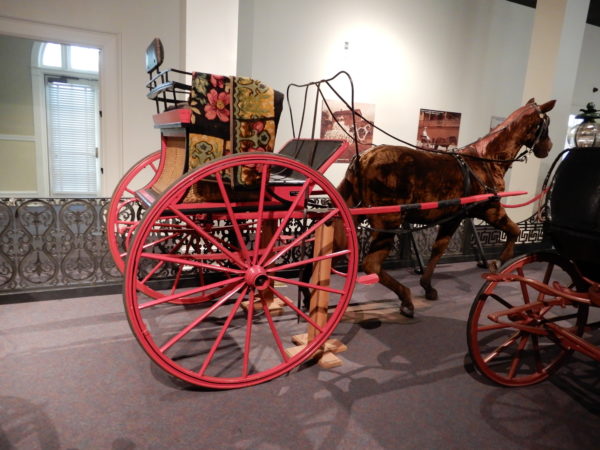
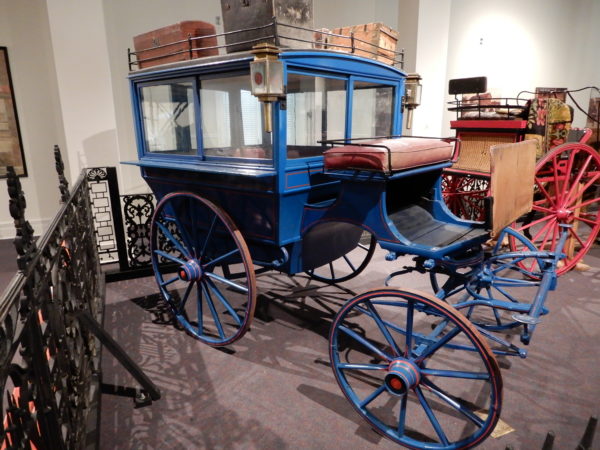
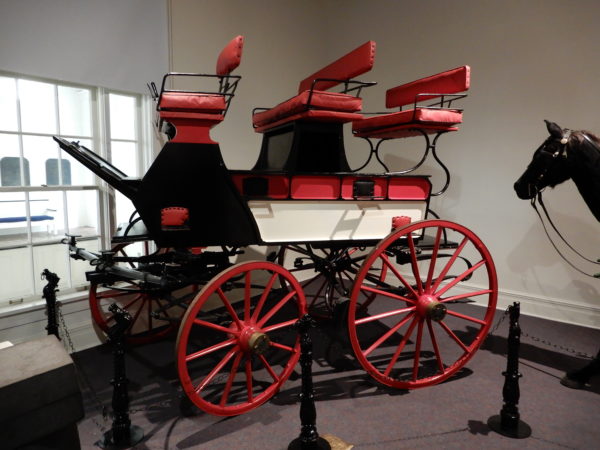
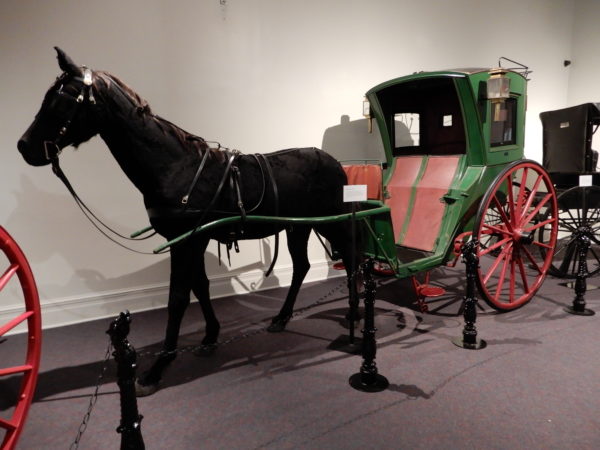

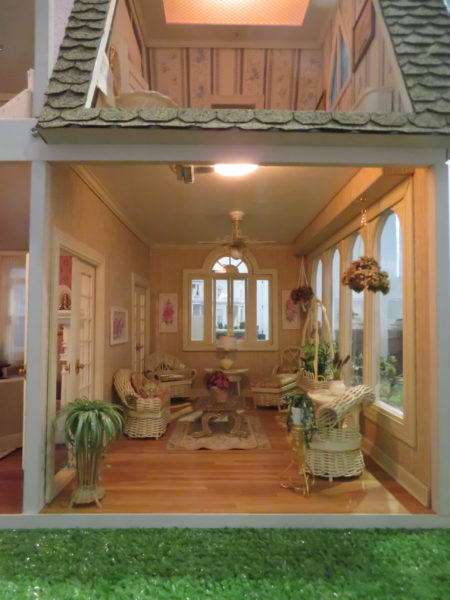
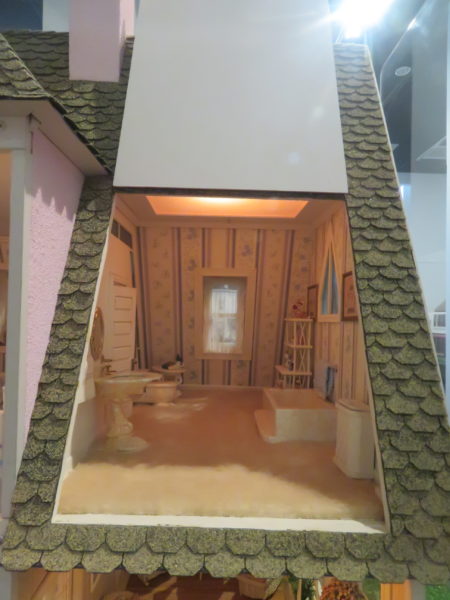
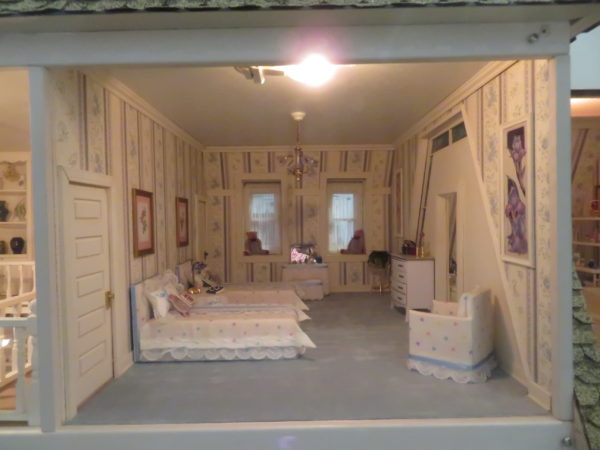
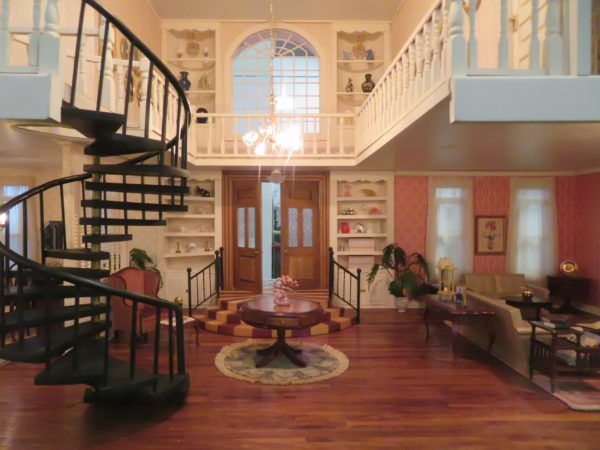
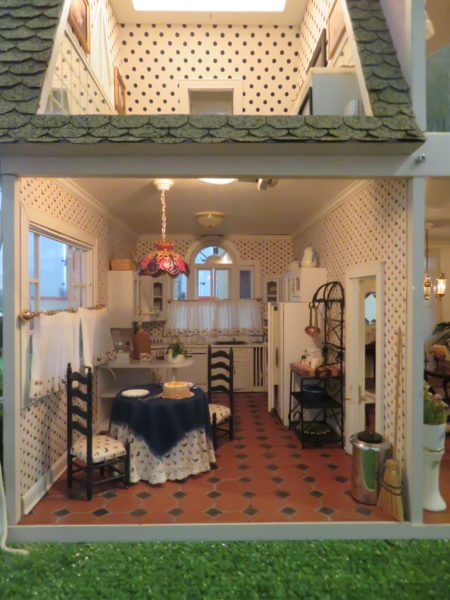
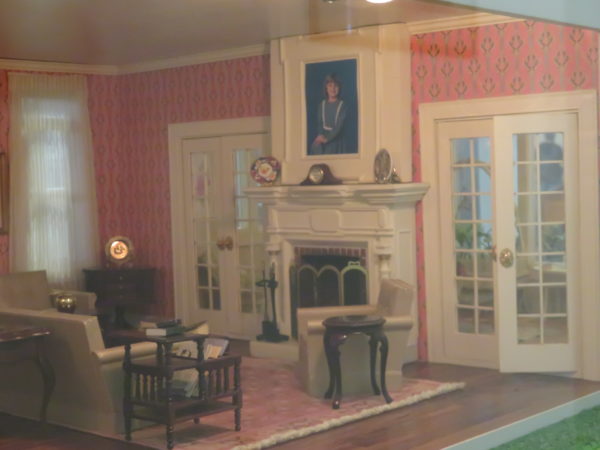
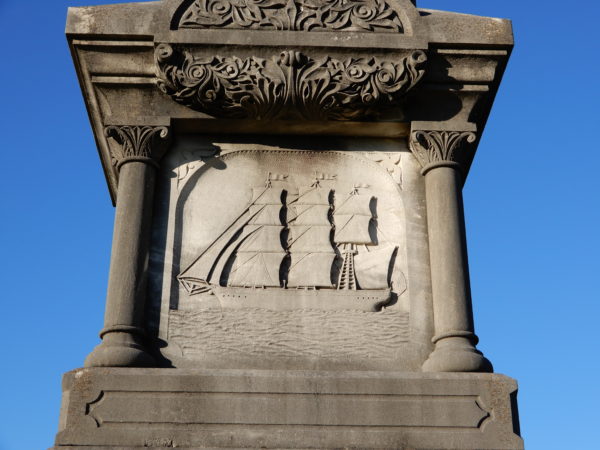



0 Comments